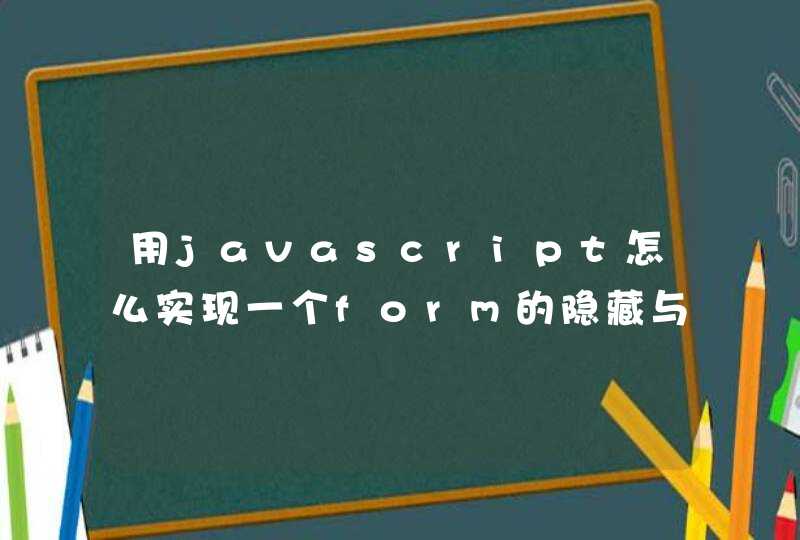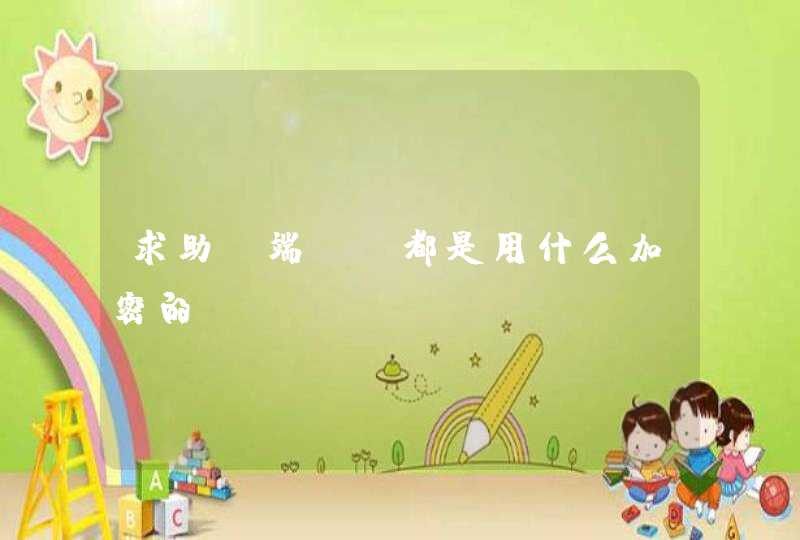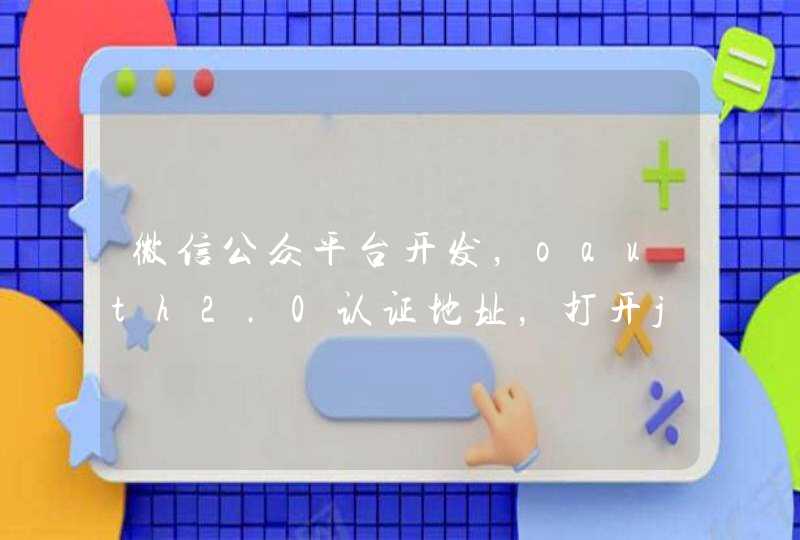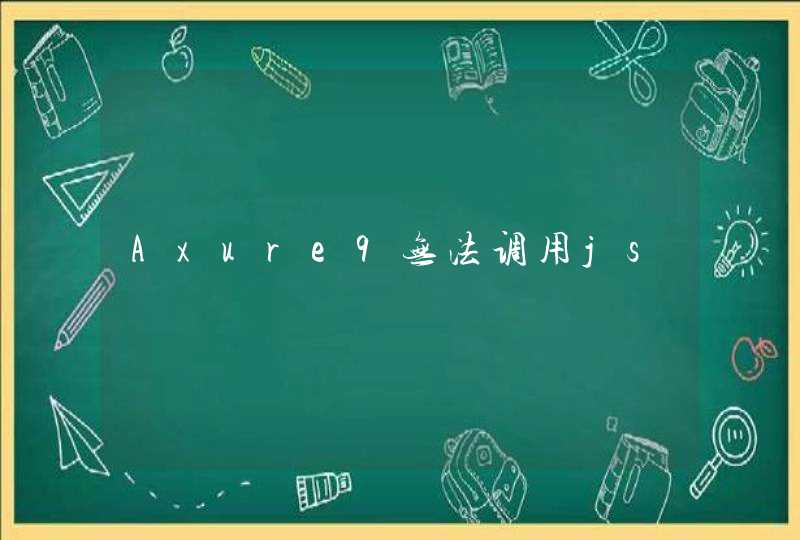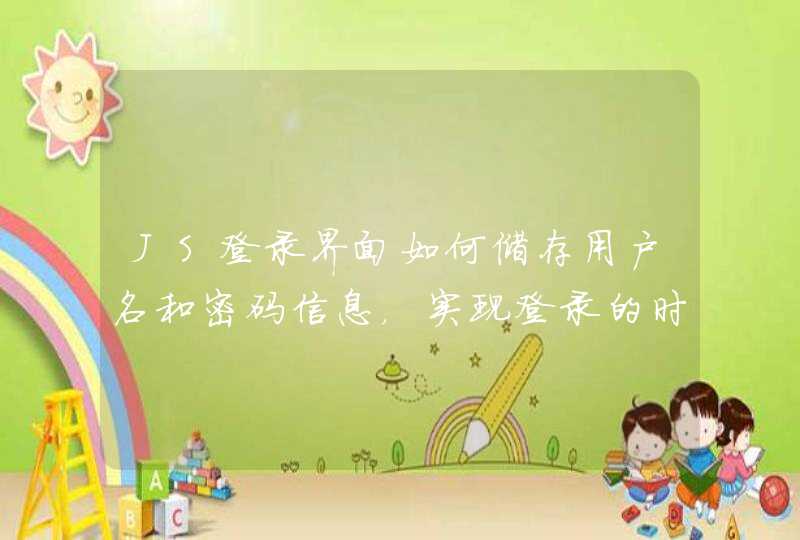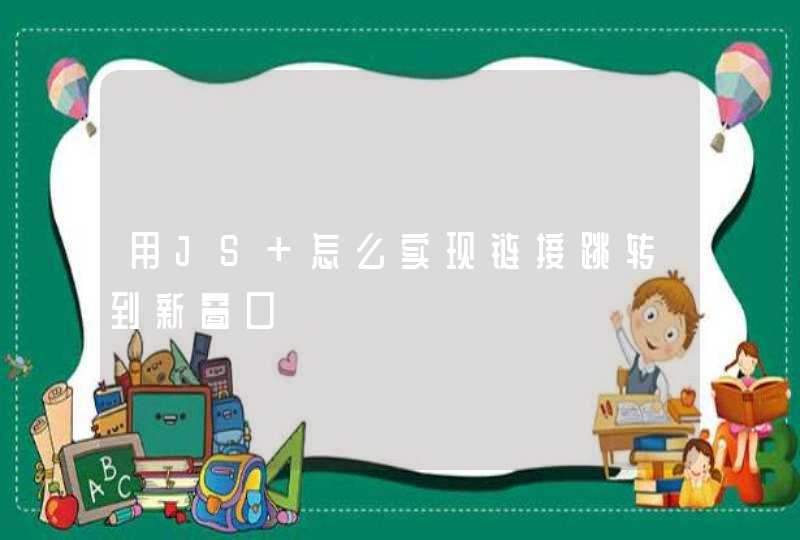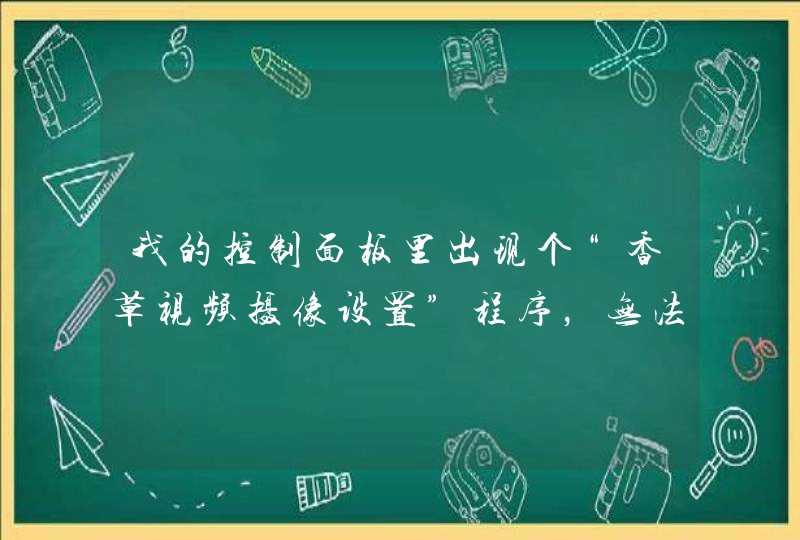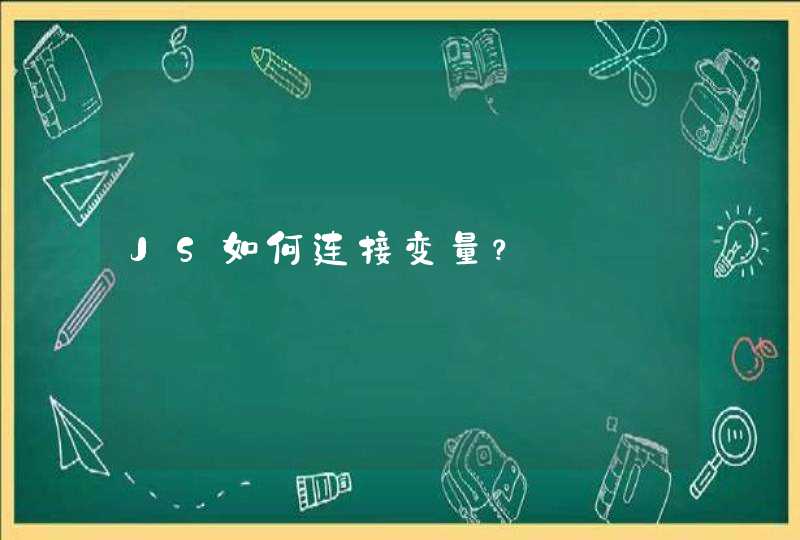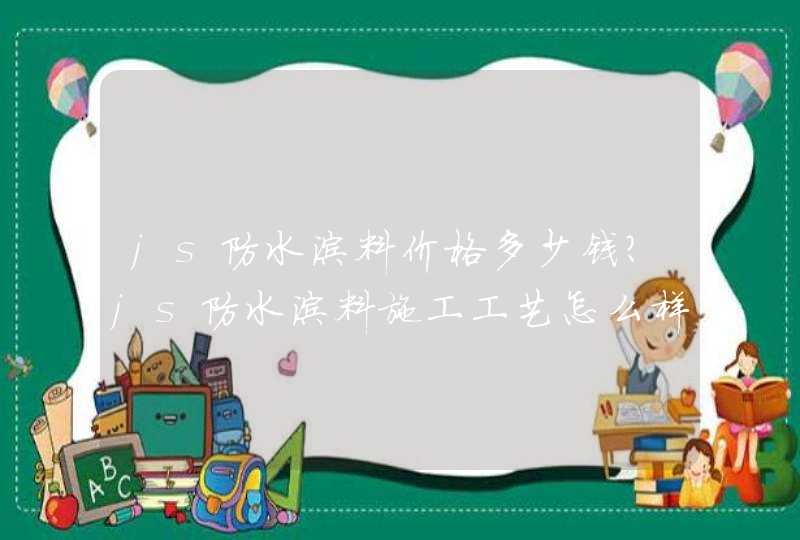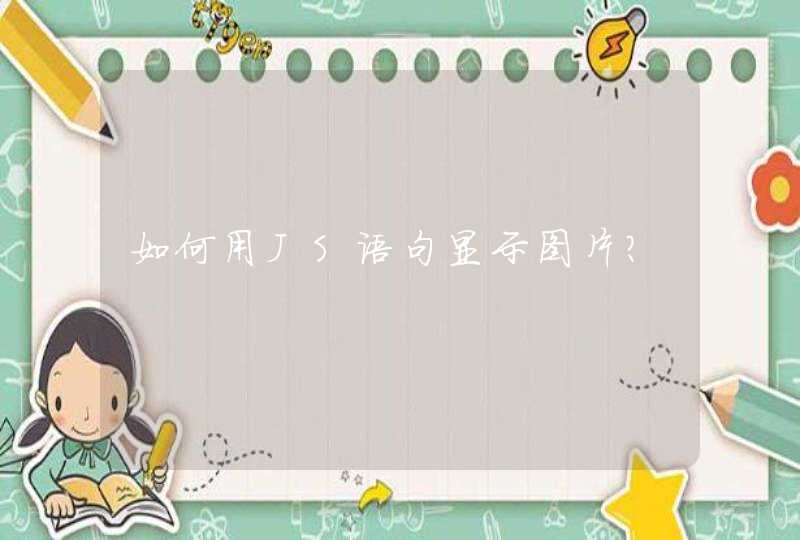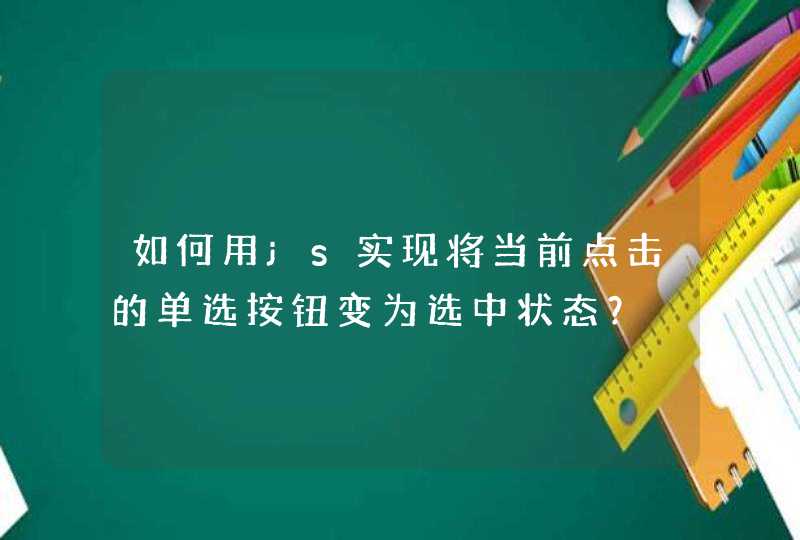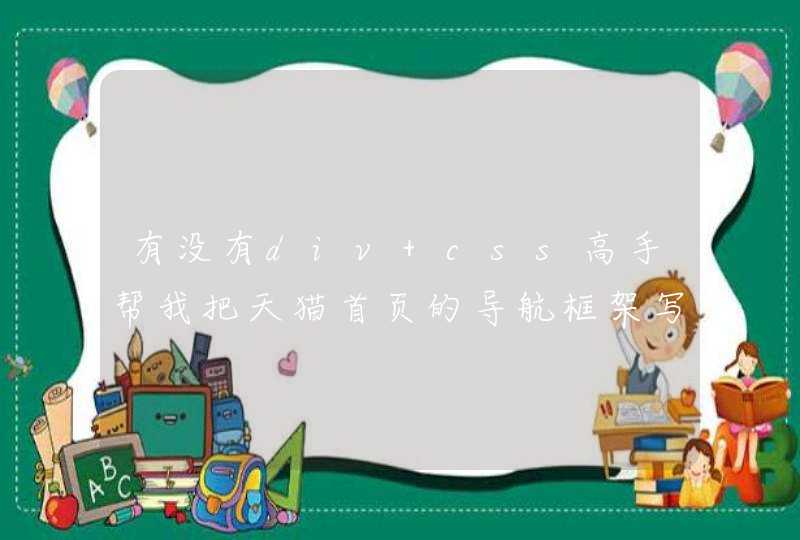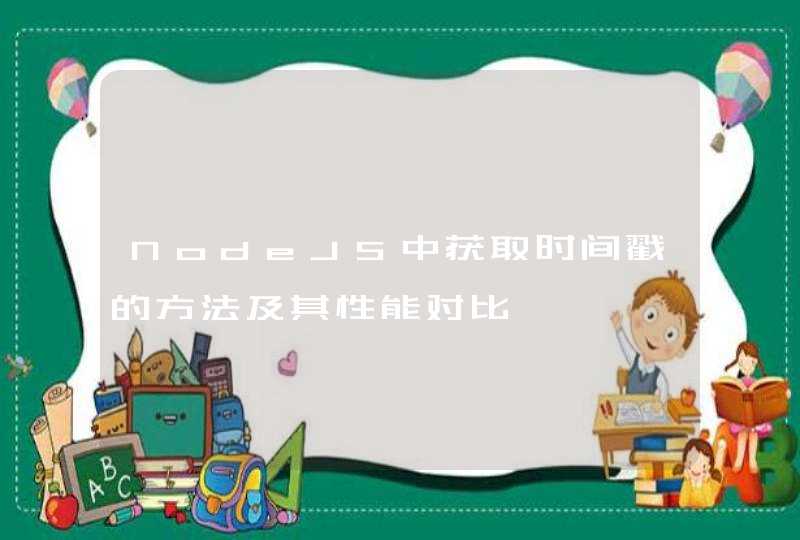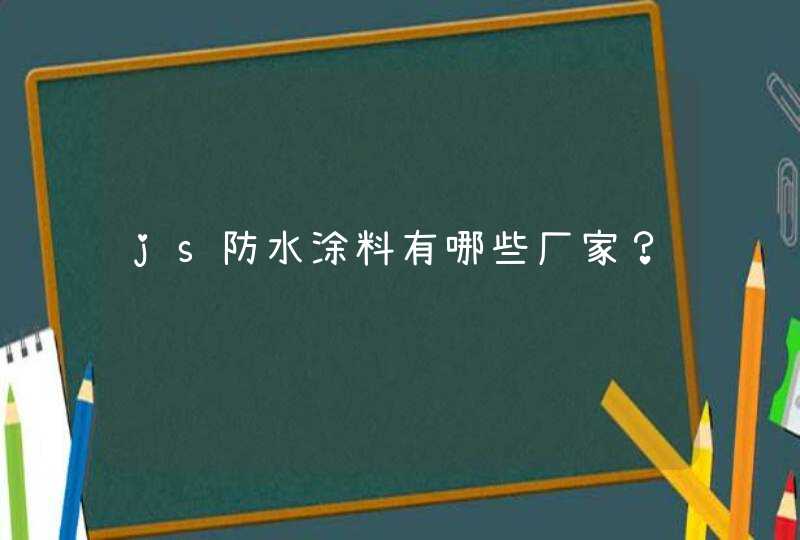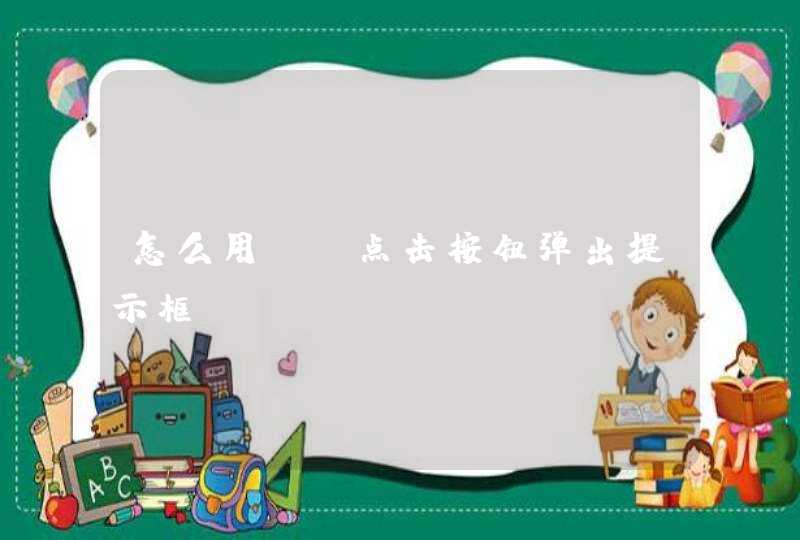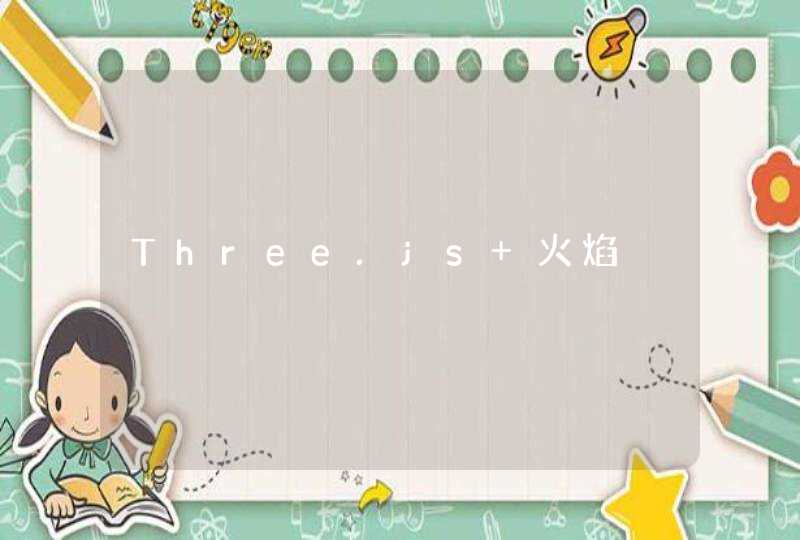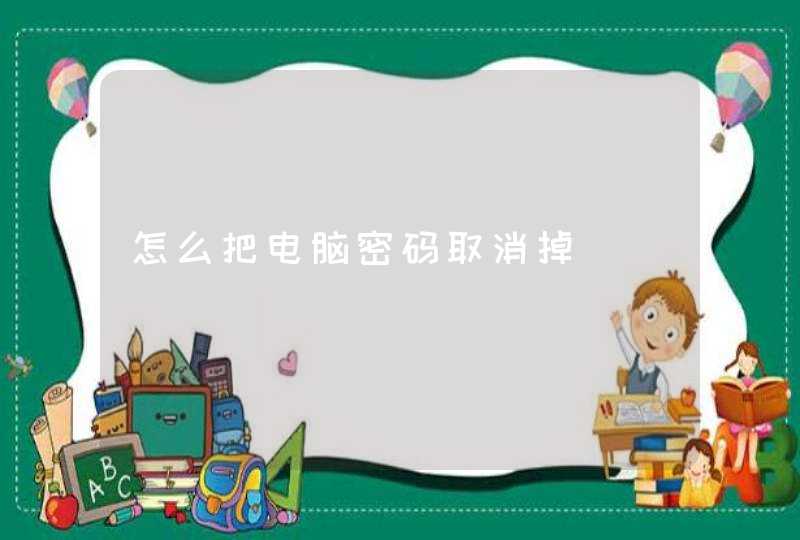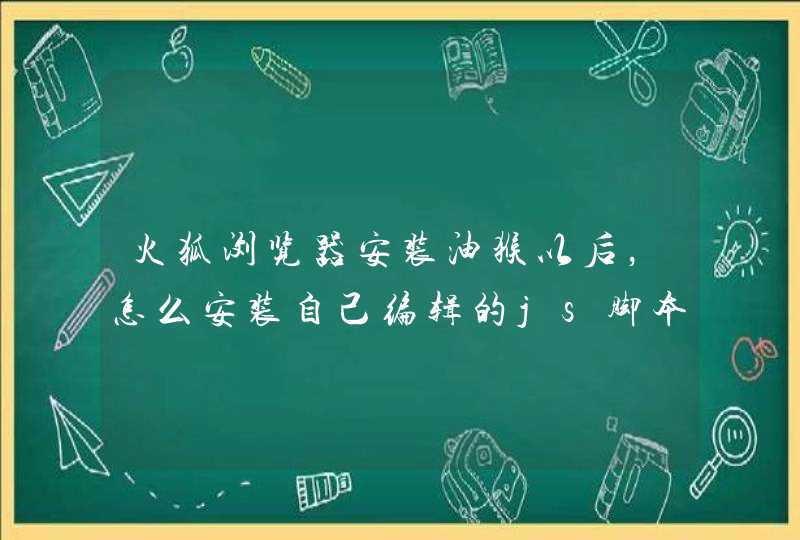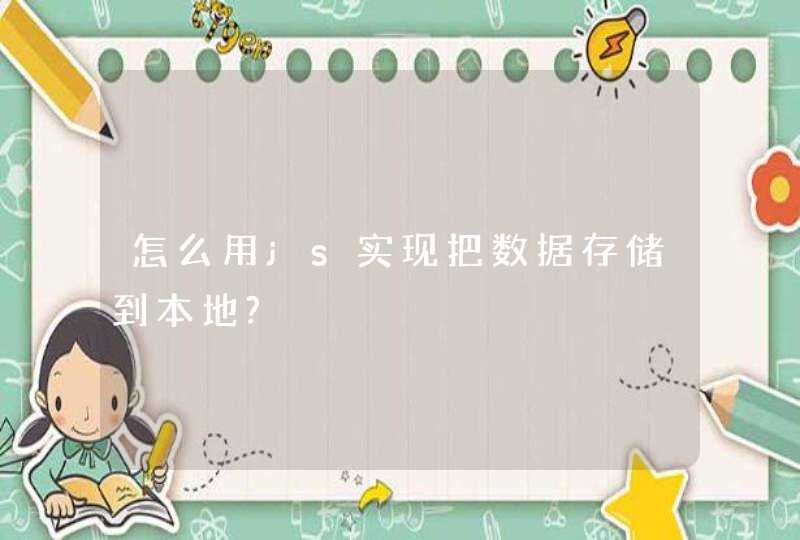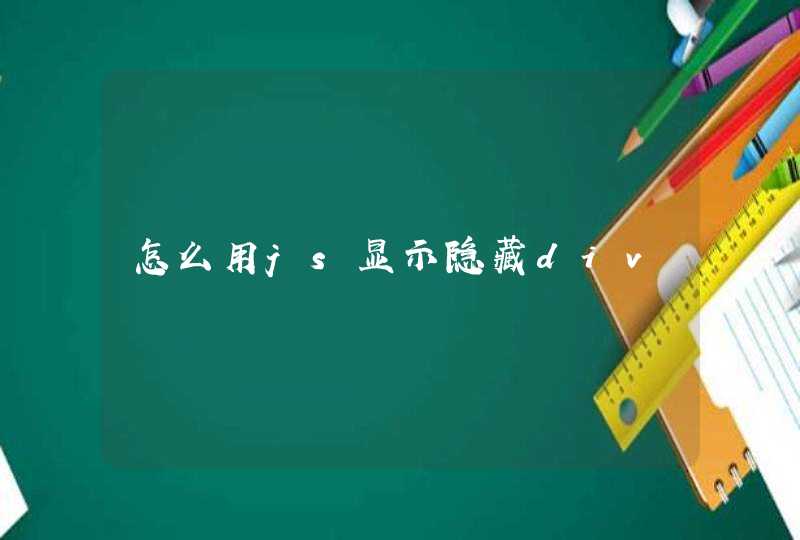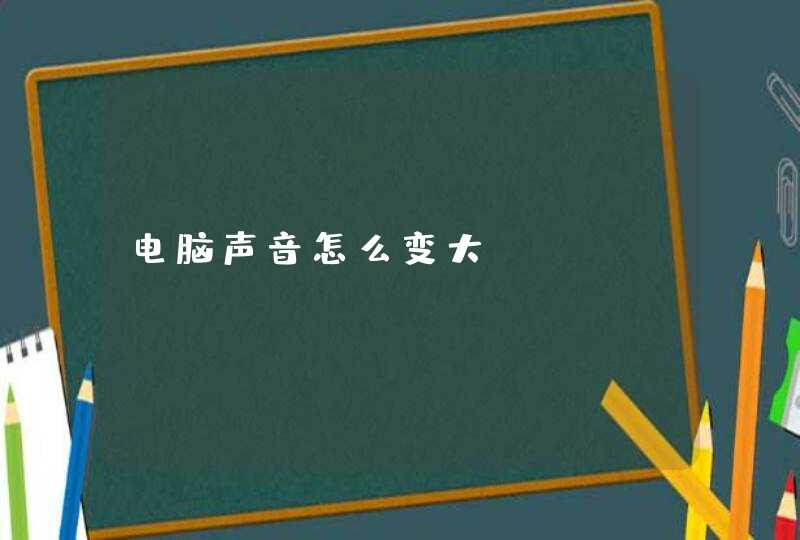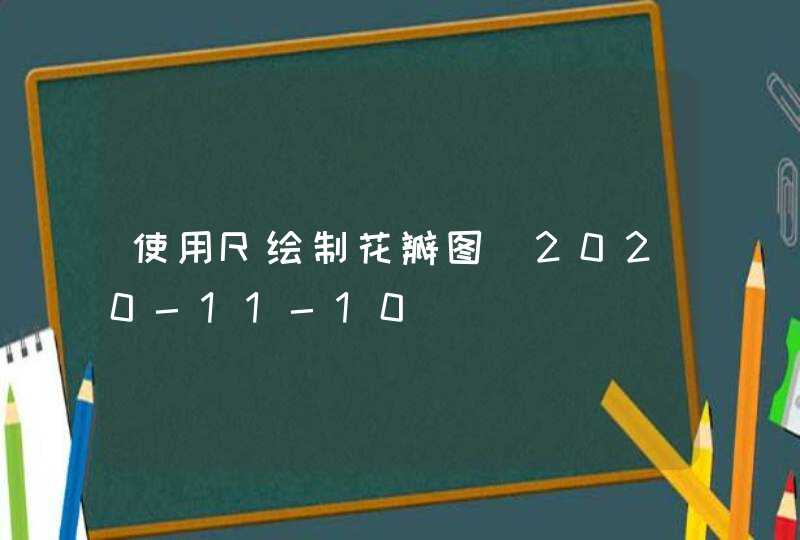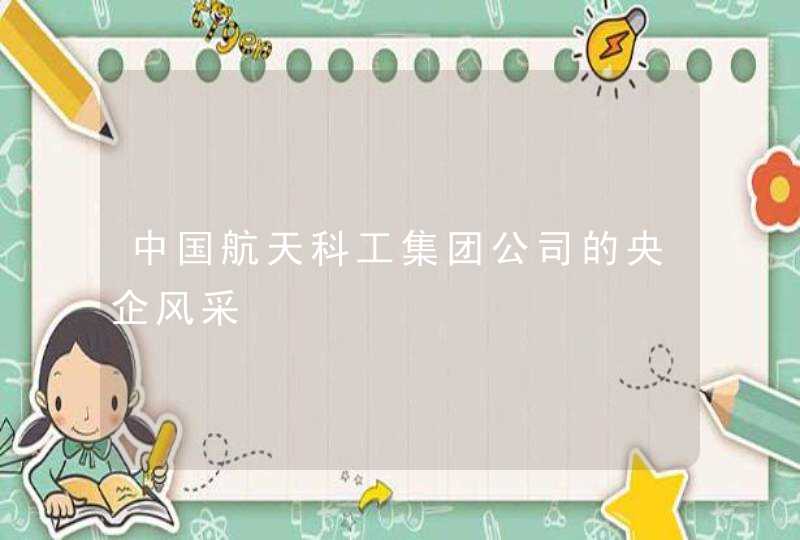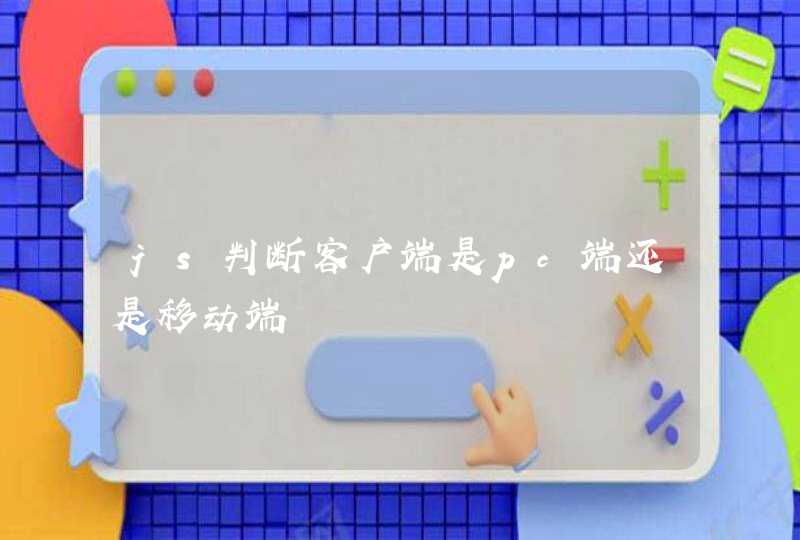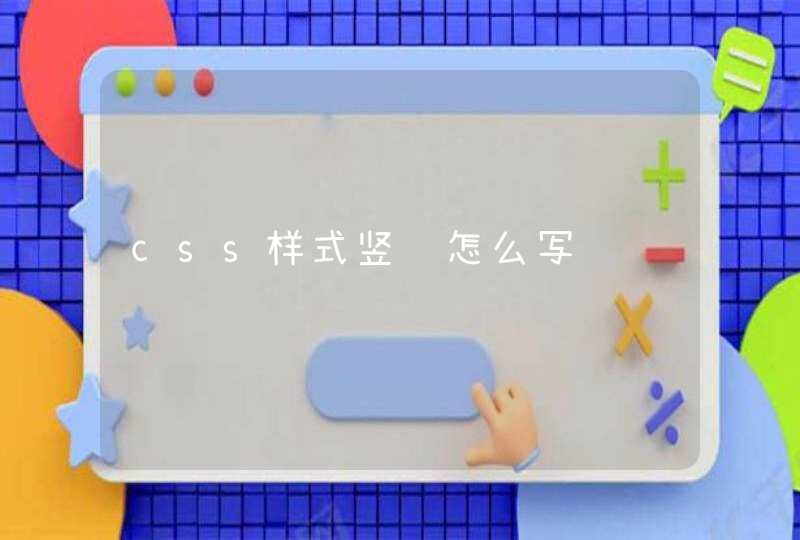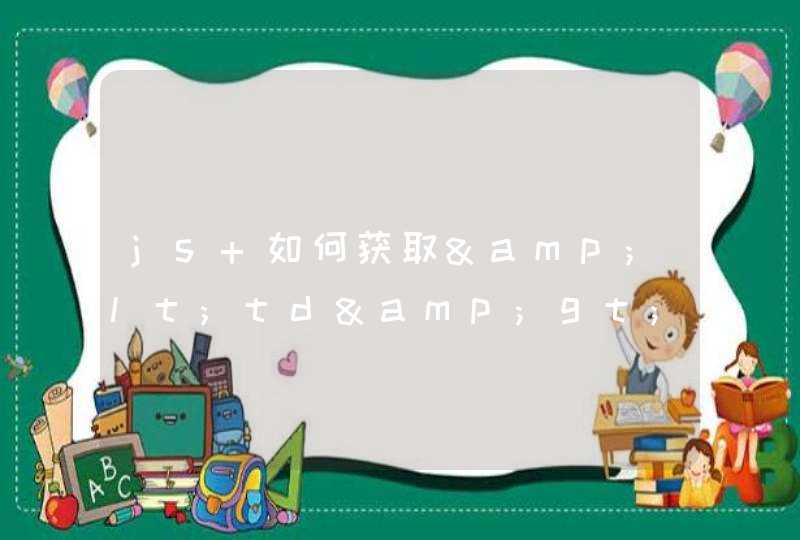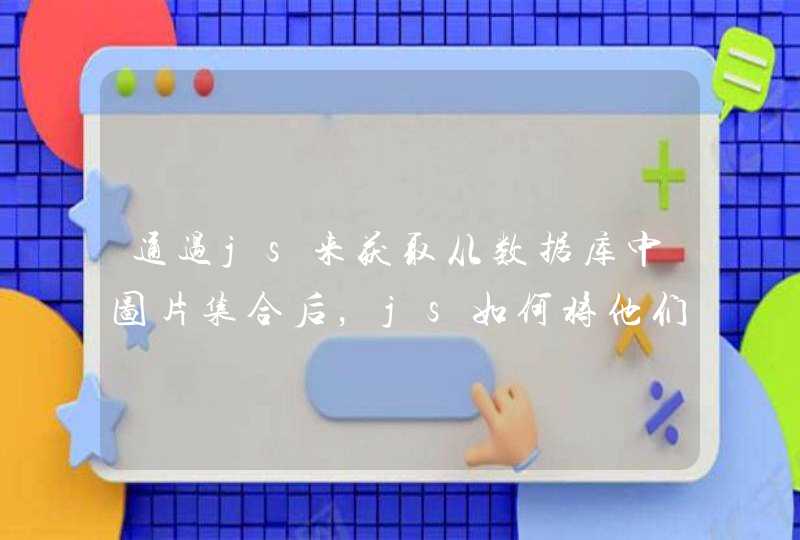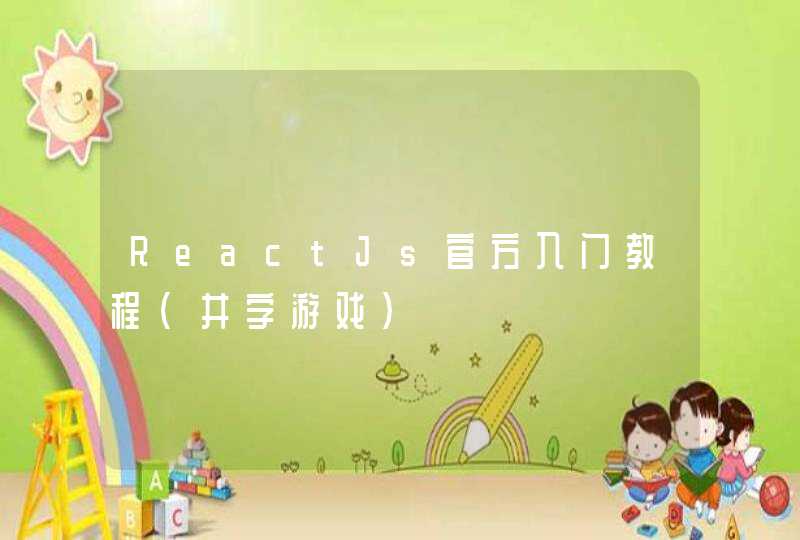
Today, we’re going to build an interactive tic-tac-toe game.
If you like, you can check out the final result here: Final Result . Don’t worry if the code doesn’t make sense to you yet, or if it uses an unfamiliar syntax. We will be learning how to build this game step by step throughout this tutorial.
Try playing the game. You can also click on a button in the move list to go “back in time” and see what the board looked like just after that move was made.
Once you get a little familiar with the game, feel free to close that tab, as we’ll start from a simpler template in the next sections.
We’ll assume some familiarity with HTML and JavaScript, but you should be able to follow along even if you haven’t used them before.
If you need a refresher on JavaScript, we recommend reading this guide . Note that we’re also using some features from ES6, a recent version of JavaScript. In this tutorial, we’re using arrow functions , classes , let , and const statements. You can use the Babel REPL to check what ES6 code compiles to.
There are two ways to complete this tutorial: you could either write the code right in the browser, or you could set up a local development environment on your machine. You can choose either option depending on what you feel comfortable with.
This is the quickest way to get started!
First, open this starter code in a new tab. It should display an empty tic-tac-toe field. We will be editing that code during this tutorial.
You can now skip the next section about setting up a local development environment and head straight to the overview .
Alternatively, you can set up a project on your computer.
Note: this is completely optional and not required for this tutorial!
This is more work, but lets you work from the comfort of your editor.
If you want to do it, here are the steps to follow:
Now if you run npm start in the project folder and open http://localhost:3000 in the browser, you should see an empty tic-tac-toe field.
We recommend following these instructions to configure syntax highlighting for your editor.
If you get stuck, check out the community support resources . In particular, Reactiflux chat is a great way to get quick help. If you don’t get a good answer anywhere, please file an issue, and we’ll help you out.
With this out of the way, let’s get started!
React is a declarative, efficient, and flexible JavaScript library for building user interfaces.
React has a few different kinds of components, but we’ll start with React.Component subclasses:
We’ll get to the funny XML-like tags in a second. Your components tell React what you want to render – then React will efficiently update and render just the right components when your data changes.
Here, ShoppingList is a React component class , or React component type . A component takes in parameters, called props , and returns a hierarchy of views to display via the render method.
The render method returns a description of what you want to render, and then React takes that description and renders it to the screen. In particular, render returns a React element , which is a lightweight description of what to render. Most React developers use a special syntax called JSX which makes it easier to write these structures. The <div /> syntax is transformed at build time to React.createElement('div') . The example above is equivalent to:
See full expanded version.
If you’re curious, createElement() is described in more detail in the API reference , but we won’t be using it directly in this tutorial. Instead, we will keep using JSX.
You can put any JavaScript expression within braces inside JSX. Each React element is a real JavaScript object that you can store in a variable or pass around your program.
The ShoppingList component only renders built-in DOM components, but you can compose custom React components just as easily, by writing <ShoppingList />. Each component is encapsulated so it can operate independently, which allows you to build complex UIs out of simple components.
Start with this example: Starter Code .
It contains the shell of what we’re building today. We’ve provided the styles so you only need to worry about the JavaScript.
In particular, we have three components:
The Square component renders a single <button>, the Board renders 9 squares, and the Game component renders a board with some placeholders that we’ll fill in later. None of the components are interactive at this point.
Just to get our feet wet, let’s try passing some data from the Board component to the Square component.
In Board’s renderSquare method, change the code to pass a value prop to the Square:
Then change Square’s render method to show that value by replacing {/* TODO */} with {this.props.value} :
Before:
[站外图片上传中...(image-d45328-1515587905953)]
After: You should see a number in each square in the rendered output.
[站外图片上传中...(image-c8a682-1515587905953)]
View the current code.
Let’s make the Square component fill in an “X” when you click it. Try changing the button tag returned in the render() function of the Square like this:
If you click on a square now, you should get an alert in your browser.
This uses the new JavaScript arrow function syntax. Note that we’re passing a function as the onClick prop. Doing onClick={alert('click')} would alert immediately instead of when the button is clicked.
React components can have state by setting this.state in the constructor, which should be considered private to the component. Let’s store the current value of the square in state, and change it when the square is clicked.
First, add a constructor to the class to initialize the state:
In JavaScript classes , you need to explicitly call super() when defining the constructor of a subclass.
Now change the Square render method to display the value from the current state, and to toggle it on click:
Now the <button> tag looks like this:
Whenever this.setState is called, an update to the component is scheduled, causing React to merge in the passed state update and rerender the component along with its descendants. When the component rerenders, this.state.value will be 'X' so you’ll see an X in the grid.
If you click on any square, an X should show up in it.
View the current code.
The React Devtools extension for Chrome and Firefox lets you inspect a React component tree in your browser devtools.
[站外图片上传中...(image-d9c2c3-1515587905953)]
It lets you inspect the props and state of any of the components in your tree.
After installing it, you can right-click any element on the page, click “Inspect” to open the developer tools, and the React tab will appear as the last tab to the right.
However, note there are a few extra steps to get it working with CodePen:
We now have the basic building blocks for a tic-tac-toe game. But right now, the state is encapsulated in each Square component. To make a fully-working game, we now need to check if one player has won the game, and alternate placing X and O in the squares. To check if someone has won, we’ll need to have the value of all 9 squares in one place, rather than split up across the Square components.
You might think that Board should just inquire what the current state of each Square is. Although it is technically possible to do this in React, it is discouraged because it tends to make code difficult to understand, more brittle, and harder to refactor.
Instead, the best solution here is to store this state in the Board component instead of in each Square – and the Board component can tell each Square what to display, like how we made each square display its index earlier.
When you want to aggregate data from multiple children or to have two child components communicate with each other, move the state upwards so that it lives in the parent component. The parent can then pass the state back down to the children via props, so that the child components are always in sync with each other and with the parent.
Pulling state upwards like this is common when refactoring React components, so let’s take this opportunity to try it out. Add a constructor to the Board and set its initial state to contain an array with 9 nulls, corresponding to the 9 squares:
We’ll fill it in later so that a board looks something like
Board’s renderSquare method currently looks like this:
Modify it to pass a value prop to Square.
View the current code.
Now we need to change what happens when a square is clicked. The Board component now stores which squares are filled, which means we need some way for Square to update the state of Board. Since component state is considered private, we can’t update Board’s state directly from Square.
The usual pattern here is pass down a function from Board to Square that gets called when the square is clicked. Change renderSquare in Board again so that it reads:
We split the returned element into multiple lines for readability, and added parentheses around it so that JavaScript doesn’t insert a semicolon after return and break our code.
Now we’re passing down two props from Board to Square: value and onClick . The latter is a function that Square can call. Let’s make the following changes to Square:
After these changes, the whole Square component looks like this:
Now when the square is clicked, it calls the onClick function that was passed by Board. Let’s recap what happens here:
Note that DOM <button> element’s onClick attribute has a special meaning to React, but we could have named Square’s onClick prop or Board’s handleClick method differently. It is, however, conventional in React apps to use on* names for the attributes and handle* for the handler methods.
Try clicking a square – you should get an error because we haven’t defined handleClick yet. Add it to the Board class.
View the current code.
We call .slice() to copy the squares array instead of mutating the existing array. Jump ahead a section to learn why immutability is important.
Now you should be able to click in squares to fill them again, but the state is stored in the Board component instead of in each Square, which lets us continue building the game. Note how whenever Board’s state changes, the Square components rerender automatically.
Square no longer keeps its own stateit receives its value from its parent Board and informs its parent when it’s clicked. We call components like this controlled components .
In the previous code example, we suggest using the .slice() operator to copy the squares array prior to making changes and to prevent mutating the existing array. Let’s talk about what this means and why it is an important concept to learn.
There are generally two ways for changing data. The first method is to mutate the data by directly changing the values of a variable. The second method is to replace the data with a new copy of the object that also includes desired changes.
The end result is the same but by not mutating (or changing the underlying data) directly we now have an added benefit that can help us increase component and overall application performance.
Immutability also makes some complex features much easier to implement. For example, further in this tutorial we will implement time travel between different stages of the game. Avoiding data mutations lets us keep a reference to older versions of the data, and switch between them if we need to.
Determining if a mutated object has changed is complex because changes are made directly to the object. This then requires comparing the current object to a previous copy, traversing the entire object tree, and comparing each variable and value. This process can become increasingly complex.
Determining how an immutable object has changed is considerably easier. If the object being referenced is different from before, then the object has changed. That’s it.
The biggest benefit of immutability in React comes when you build simple pure components . Since immutable data can more easily determine if changes have been made, it also helps to determine when a component requires being re-rendered.
To learn more about shouldComponentUpdate() and how you can build pure components take a look at Optimizing Performance .
We’ve removed the constructor, and in fact, React supports a simpler syntax called functional components for component types like Square that only consist of a render method. Rather than define a class extending React.Component , simply write a function that takes props and returns what should be rendered.
Replace the whole Square class with this function:
You’ll need to change this.props to props both times it appears. Many components in your apps will be able to be written as functional components: these components tend to be easier to write and React will optimize them more in the future.
While we’re cleaning up the code, we also changed onClick={() =>props.onClick()} to just onClick={props.onClick} , as passing the function down is enough for our example. Note that onClick={props.onClick()} would not work because it would call props.onClick immediately instead of passing it down.
View the current code.
An obvious defect in our game is that only X can play. Let’s fix that.
Let’s default the first move to be by ‘X’. Modify our starting state in our Board constructor:
Each time we move we shall toggle xIsNext by flipping the boolean value and saving the state. Now update Board’s handleClick function to flip the value of xIsNext :
Now X and O take turns. Next, change the “status” text in Board’s render so that it also displays who is next:
After these changes you should have this Board component:
View the current code.
Let’s show when a game is won. Add this helper function to the end of the file:
You can call it in Board’s render function to check if anyone has won the game and make the status text show “Winner: [X/O]” when someone wins.
Replace the status declaration in Board’s render with this code:
You can now change handleClick in Board to return early and ignore the click if someone has already won the game or if a square is already filled:
Congratulations! You now have a working tic-tac-toe game. And now you know the basics of React. So you’re probably the real winner here.
View the current code.
首先学习react之前,我们得具备一定的基础知识,那我们都要具备哪些知识,又从哪里去学习这些知识呢。
一、需要掌握html、css、javascript基础知识
二、熟悉ES6语法,可参考网站 ES6入门
三、系统学习书籍《react 学习之道》
四、到官网学习 https://reactjs.org/
一、安装最新的node.js
原博文是这样写说的
npm install -g n //首先安装n模块
n stable //升级node.js到最新稳定版
n 5.0.0 //或者指定版本升级
node -v //检查更新是否成功
我自己是去重新下了一个最新版的node.js
二、修改npm源为淘宝源
npm config set registry “”
加快npm下载速度,不这样做的话npm install会卡很久。
三、安装脚手架
首先确保自己安装了nodejs,然后全局安装yeoman
npm install -g yo
然后直接安装脚手架
npm install -g generator-reactpackage123456
四、创建React项目
在合适的地方新建一个文件夹,在文件夹下运行:
yo reactpackage12
然后就会在此目录下生成以下目录结构:
├── data
│ └── test.json├── src
│ ├── components
│ │ └── App.js│ ├── images
│ │ └── yeoman.png│ ├── styles
│ │ └── app.scss│ ├── vendor
│ │ └── jquery.js│ ├── views
│ │ └── home.html├── node_modules
├── index.html├── package.json└── webpack.config.js1234567891011121314151617181920
五、调试打包React项目
然后使用以下命令:
npm run dev //项目开发过程使用,启动服务,实时刷新npm run build //开发完成之后打包文件(js、css分开打包)123
六、测试预览项目
本项目默认监听端口是8888,所以在浏览器输入 http://localhost:8888,或者index.html->右键打开方式->chrome 就能看到效果了
如果执行上述命令提示错误:Error: getaddrinfo ENOTFOUND localhost,在host文件里面添加127.0.0.1 localhost即可
监听端口和实时刷新的功能都能在webpack.config.js文件中修改配置123

